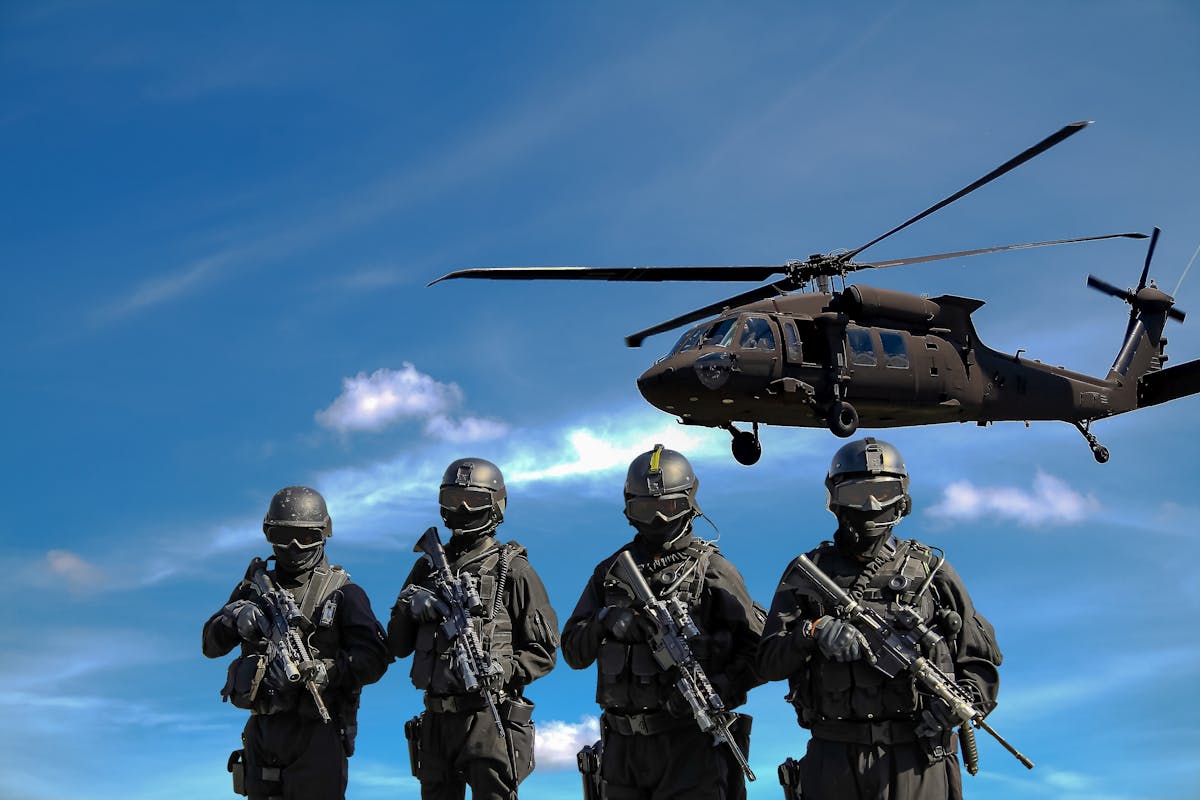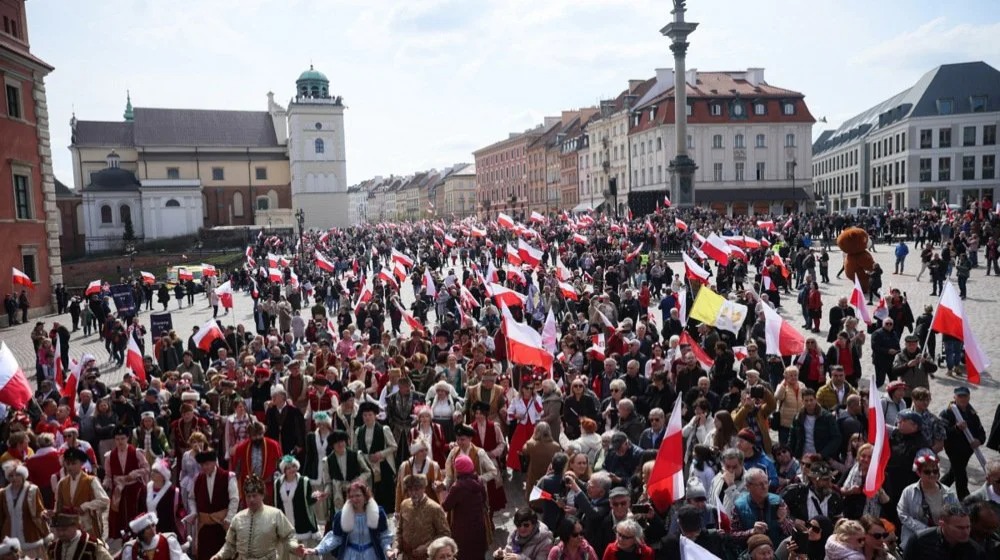
CNN Analysis: Is Europe Ready to Defend Itself?
The Trump administration has sent an unambiguous message to Europe: You’re on your own.
In the span of three dizzying months, the White House reversed decades of U.S. foreign policy, announced the withdrawal of its presence from the continent, and demanded a swift end to the war in Ukraine – even if it meant Ukraine had to cede part of its territory to Moscow.
This new reality is something Europe has yet to adjust to, writes CNN. But 80 years after American and European allies forced Nazi Germany to surrender, a future in which the continent must defend itself against the Russian threat is no longer hypothetical.
“Europe has lived for 80 years in a situation where peace was taken for granted. And obviously it seemed like peace came for free,” said Roberto Cingolani, former Italian minister and now CEO of European defense giant Leonardo, in an interview with CNN during a recent visit to the company’s headquarters in northern Italy.
“Now, suddenly, after the invasion of Ukraine, we realize that peace must be defended.”
In recent years, the UK, France, and Germany have begun investing in their outdated armies, following a spending freeze in the mid-2010s.
However, it may take several more years before the effects of those investments are felt on the front lines. The number of soldiers, quantity of weaponry, and combat readiness in Western Europe have all declined since the end of the Cold War.
“The high level of attrition in the war in Ukraine has painfully highlighted the current weaknesses of European countries,” wrote the International Institute for Strategic Studies, a London-based think tank, in its direct assessment of European forces last year.
Countries closer to the Russian border are moving faster. The Trump administration hailed Poland as a model.
“We see Poland as a model ally on the continent: willing to invest not only in its own defense but also in our joint defense and the defense of the continent,” said U.S. Defense Secretary Pete Hegseth in Warsaw during the first bilateral European meeting of Trump’s second term.
But Poland’s urgency in allocating funds for defense is more closely tied to its own generations-old tensions with Russia than to any desire to earn favor with Trump.
Warsaw and Washington are united in the conflict in Ukraine. Poland has long warned Europe about the threat posed by Russia and has steadfastly supported its neighbor in defending territory from Putin’s advance.
Today, most U.S. land and air bases are located in Germany, Italy, and Poland.
U.S. bases in Central Europe serve as a counterweight to the Russian threat, while naval and air locations in Turkey, Greece, and Italy support missions in the Middle East.
These locations represent “a key foundation for NATO operations, regional deterrence, and global power projection,” according to the Washington-based Center for European Policy Analysis (CEPA), a think tank specializing in European affairs.





